A three kilometre test track in North Las Vegas is being readied for upcoming tests to Hyperloop - a new concept that was unveiled in 2016 by Bjarke Ingels Group (BIG) and Hyperloop One.
Hyperloop is an autonomous transportation system which has been presented by Hyperloop One to the Dubai Roads and Transport Authority (RTA). It will be the fastest way of moving across the surface of the earth, said BIG, who partnered with Elon Musk to design Hyperloop's 'pods'. Initial human feasibility tests revealed that the system's model pods could reach speeds of 187km/h in just 1.1 seconds.
The world’s first Hyperloop pods and portals will be offered in the United Arab Emirates (UAE), taking passengers from downtown Dubai to downtown Abu Dhabi in twelve minutes, replacing a two-hour drive.
The Bjarke Ingels Group
According to Bjarke Ingels Group, all elements of the travel experience are designed to increase convenience and reduce interruptions. The main objective of the design is to eliminate waiting from the passenger experience. Hence, the stations are called portals.
All departure gates are immediately visible upon entering the portal, and a simple numbering system allows passengers to quickly identify them. Passengers will travel in pods that have room for six people.
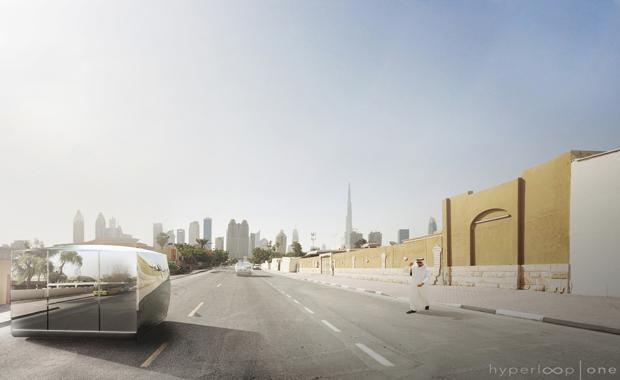
Passengers board the next pod that is available, which moves onto a transporter to their final destination. The relatively small unit-size of the pods paired with a high arrival and departure-rate allows for on-demand travel.
The pods operate autonomously from the transporter, which means they are not limited to the portal area and can move on regular roads and pick up passengers at any point.
At portals, pods are loaded onto the transporter and hyperjump to another portal, where they merge onto the street and drop passengers off at their final destination.
Hyperloop's makeup
The design is based on a study of how an urban an inter-city transport network should integrate with existing infrastructure. Hyperloop is autonomous, point-to-point and vastly simplifies the experience of getting from front door to final destination. The locations of the initial route in the UAE are selected by passenger density and proximity to existing or planned transportation hubs.
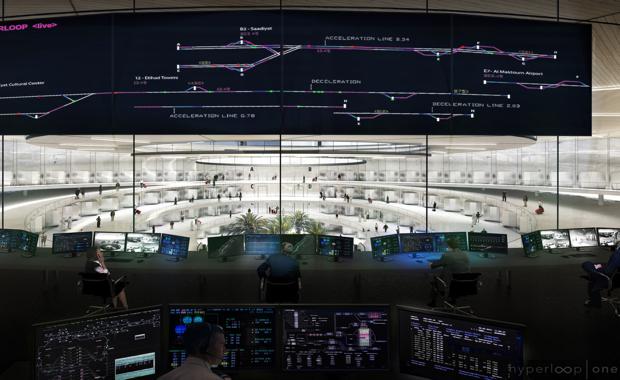
Passenger environments
The different interior environments offer passengers a travel experience tailored to their needs. Different seating arrangements can accommodate a range of social settings - from travelling solo or in a group, to being in a business or casual environment.
Transporter
The transporter is a pressurised vessel within the tube that contains pods. It has components for levitation and propulsion that can accelerate the transporter to 1,100km/h.
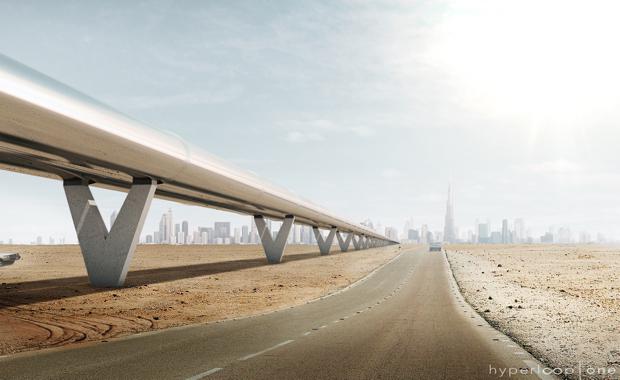
The Tube
The tube contains the low-pressure environment that allows transporters to travel without friction. Two tubes are required to allow for travel in both directions.
Direct to destination
Since transporters always travel directly to their final destinations, there are no in-between stops. This makes every stop an endpoint where transporters reverse directions to move to the next destination.
Passengers
The main objective of the design is to eliminate waiting from the passenger experience. Consequently, the endpoints of the tube where passengers board and depart are called portals instead of stations.
Interface
The pods are the interface for passengers within a portal and work similarly to taking an elevator. The relatively small unit-sized paired with a high arrival and departure rate allows for on-demand travel.
Arrival
Arriving transporters dock into an airlock an remain in the low pressure environment, while the pods proceed to an arrival gate. Passengers can exit from the portal directly outside the gate. Passengers board the next pod that is available, which is then loaded onto a transporter and sent to its final destination.
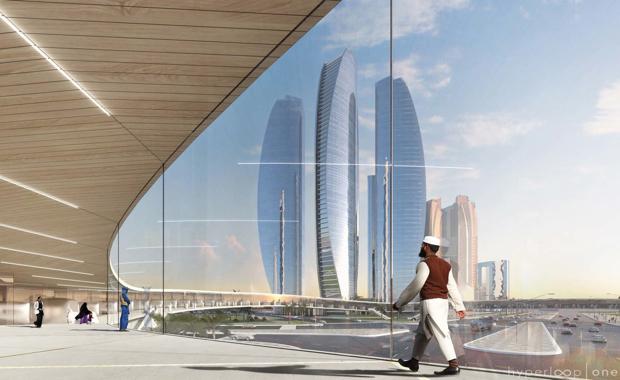
Street access
Since the pods are essentially self-driving cars, they are able to pick up and drop off passengers outside portals. Pods can be requested via mobile app, combining the convenience of Uber with the speed of air travel.
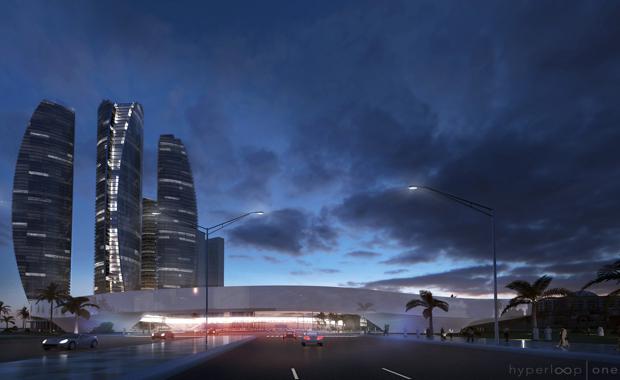
"With Hyperloop One we have given form to a mobility ecosystem of pods and portals, where the waiting hall has vanished along with the waiting itself," BIG Founding Partner Bjarke Ingels said.
"Hyperloop One combines collective commuting with individual freedom at near supersonic speed.
"We are heading for a future where where our mental map of the city is completely reconfigured, as our habitual understanding of distance and proximity - time and space - is warped by this virgin form of travel."
















